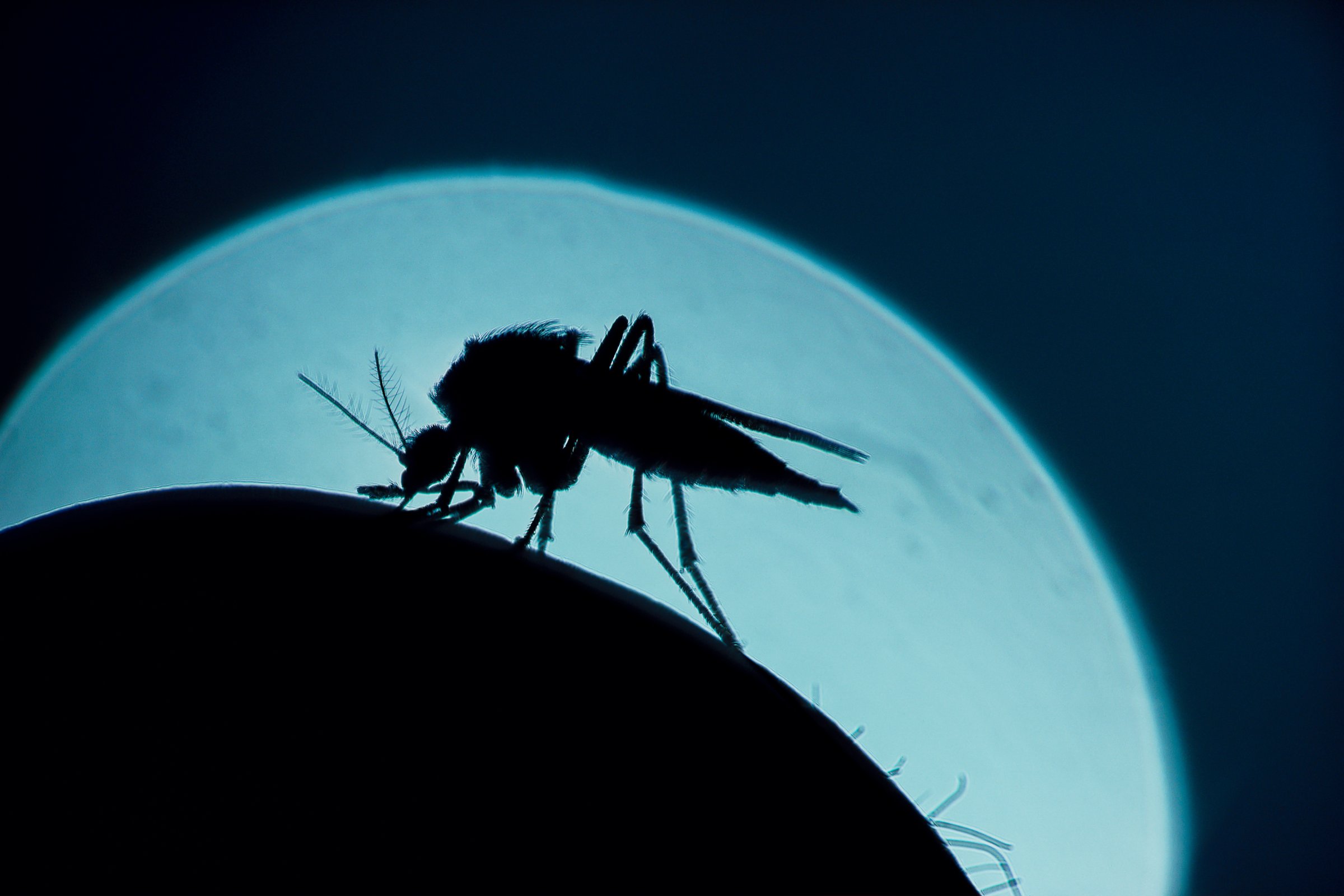
For the first time in 20 years, the U.S. is experiencing locally acquired malaria. So far, officials have reported four individuals infected in Florida. They believe the first case of locally acquired malaria—as opposed to a case brought by a traveler from abroad—occurred in late May. Three more people in Florida presented with the disease in mid-June; another case was reported in Texas this week as well.
The United States sees approximately 2,000 cases of malaria per year due to travelers returning from areas where the mosquito-borne parasitic disease is endemic. However, over the last 20 years, none of these cases have resulted in the spread of malaria to other individuals living in the continental U.S.
The current cases reported in Florida and Texas are believed to have been acquired locally, meaning that the mosquito that spread the disease first bit someone in the U.S. carrying the malaria parasite in his or her blood. This mosquito then acquired the parasite and went on to bite another person nearby, transferring the parasite between two people.
Tropical places with warm and humid climates like Florida and the gulf coast of Texas are especially prone to mosquito-borne illnesses, experts say. Between 2016 and 2017, nearly 1,500 people were infected with the mosquito-borne Zika virus in Florida and the state also conducts routine surveillance for West Nile virus.
How this compares to the 2003 outbreak
Malaria infects roughly 250 million people across the globe per year and kills over 600,000 people. Children under the age of 5 are especially vulnerable and account for nearly 80% of all malaria deaths, according to the World Health Organization. Africa bears the brunt of the world malaria burden, with 96% of global deaths occurring on the continent.
The last time locally acquired malaria appeared in the U.S. was in 2003. During that outbreak, eight people in Palm Beach, Fla., were infected between July 22 and Sept. 14 of that year.
Most of the patients had occupations or life circumstances that required them to spend a significant amount of time outdoors. Two were construction workers, two reported engaging in outdoor sports around the time of infection, and one reported sleeping in a homeless encampment.
Authorities were ultimately able to control the spread of the parasite by spraying affected areas to kill mosquitoes, treating patients with anti-malarial drugs to prevent further spread, and encouraging the public to reduce their risk of being bitten by mosquitoes.
While the state of Florida has the same health care infrastructure and resources to end this outbreak as it did 20 years ago, the cooperation of the public is more important than ever, says Rhoel Dinglasan, a professor of infectious diseases and immunology at the University of Florida.
Florida’s warm climate combined with upcoming nighttime Fourth of July celebrations could make this a prime opportunity for the malaria parasite to spread. In the previous 2003 outbreak, the first locally acquired infection was reported on July 22, according to a U.S. Centers for Disease Control and Prevention report published two years afterwards.
Dinglasan says we could expect to see these outbreaks more frequently in the future if current climate change trends continue. Historically, the cold weather that kills mosquitoes has prevented malaria from spreading in the U.S.
“So far winter has been our friend. But if winter is delayed and cool temperatures are delayed past November, then New York City could be like Florida,” says Dinglasan. “If there is an introduction of a longer mosquito season, then the likelihood of more cases coming up grows.”
Public health precautions
The public health infrastructure dealing with vector-borne diseases in Florida has focused on preventing West Nile virus and Zika virus in recent years. However, there isn’t any regular surveillance of the mosquitoes that spread malaria, which are a different species, says Melissa Nolan, an assistant professor of public health at University of South Carolina who researches. U.S. vulnerabilities to vector-borne diseases.
“The challenge is because malaria is rare in the U.S., we don’t systematically collect mosquitoes and test them for malaria,” says Nolan. “We know from basic surveillance that… we do have mosquitos capable of carrying malaria here, but the rate at which they’re infected with malaria in a normal year is unknown.”
What you should know to protect yourself
Many individuals who become infected won’t have symptoms, but can still spread the parasite if they are bitten by a mosquito. This can make it difficult for researchers to contain the spread of the parasite, which is why it is essential for all individuals in high-risk areas, including healthy individuals with no symptoms, to take protective measures and minimize mosquito exposure.
“If we identify someone that has malaria, we would strongly encourage them to quarantine in their home,” says Nolan. “Quarantining and just traditional mosquito spraying are really effective tools for isolating and mitigating any cases.”
Unlike COVID-19, malaria cannot be directly transmitted from person to person. This means that masks or social distancing measures are not effective in preventing the spread of malaria. For vulnerable populations like children, the elderly, and those pregnant, staying indoors in homes with window screens is the best way to stay safe. If you must go outside at night, experts recommend wearing long sleeve shirts, and applying insect repellent.
More Must-Reads From TIME
- The 100 Most Influential People of 2024
- Coco Gauff Is Playing for Herself Now
- Scenes From Pro-Palestinian Encampments Across U.S. Universities
- 6 Compliments That Land Every Time
- If You're Dating Right Now , You're Brave: Column
- The AI That Could Heal a Divided Internet
- Fallout Is a Brilliant Model for the Future of Video Game Adaptations
- Want Weekly Recs on What to Watch, Read, and More? Sign Up for Worth Your Time
Contact us at letters@time.com